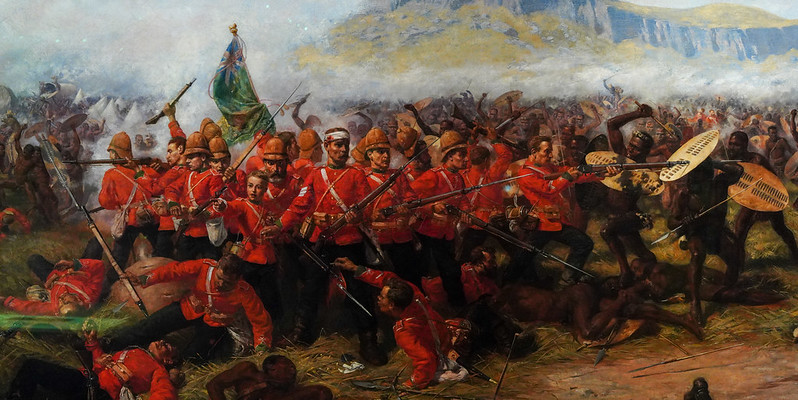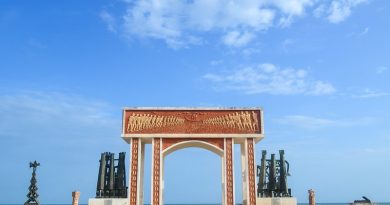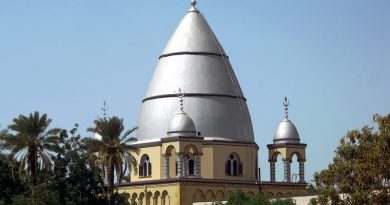Battlefields of the Boer and Zulu Wars
History Facts
Where: Kimberly and Dundee, South Africa
When: Zulu War of 1880’s and Boer War of 1900’s marking the imperial takeover by British colonialists
Go There For: A taste of modern history and the last great tribal battles
The Build Up to the Boer War
South Africa in 1870 saw various Dutch mercenaries who fought against the Tswana tribes on the Northern Frontier rewarded with farms in the Mafekeng region. They went on to establish this area as the Republic of Goshen and resultingly, British forces went to the town to annexe it. In 1885 Mafeking (its Dutch name) was established as the British Protectorate of Bechuanaland.
In 1899 the town was besieged by Boer forces on the 14th October. The siege lasted until the 17th May 1900 and marked the beginning of the Boer War. Dispatches that were written by Baden-Powell became a symbol of British courage in the face of adversity. Actually, the siege was perfectly civilised and the Boers would rarely come into combat on a Sunday.
The war lasted until 1902 and there were also sieges in Ladysmith in Natal and Kimberly in theNorthern Cape. The siege of Kimberly lasted 124 days until it was liberated by the British Army forces of lords Robert and Kitchener on 15th February 1900.
Visiting Boer War Sites Today
Today in Kimberly you can visit some of the historically important sites of this time in South African history.
Magersfontein Battlefield lies just outside Kimberly. On December 11th 1899 the renowned Highland Brigade was decimated by Boer forces. It costs about $1.50 to visit today. Since 1999 a road connecting all the major battlefields has been in place so visitors can do the ‘Battlefield Route’.
The Zulu War
You can also visit the battlefields of the Anglo-Zulu War which preceded the Boer War. 1879 saw the British making demands of the Zulu chieftain Cetshwayo which they knew he would not meet. Demands included a complete reorganisation of the Zulu political structure and the abolition of the Zulu army.
The Battle of Isandlwana saw the biggest slaughter of the British witnessed in South Africa. On the 22nd January 1879, a solider from one of the five British battalions involved looked over a ridge to see twenty five thousand Zulu warriors ready to attack. On their discovery, the impis adopted their battle formation of two ‘horns’ on the flanks and a main force in the centre. The Zulu warriors then moved onto Rorke’s Drift where less than a hundred soldiers defended their position against around four thousand Zulu warriors.
This was immortalised by the film Zulu starring Michael Caine (with the unforgettable line: ‘will you stop throwing those bloody spears at me’!). Both of these sites make fascinating tours which are easy to visit from Dundee, a large coal-mining town in the Thukela region.
More Information
The Boer War Museum
This site gives an excellent history of the war as well as photographs and accounts of which seem to bring the whole event to life.
History of the Anglo – Zulu War
An excellent and concise history of the main characters and events of this conflict. Also has good links for fans of the film.
Main image: Boers at Spion Kop, 1900. Public Domain.
By Electra Gilles




